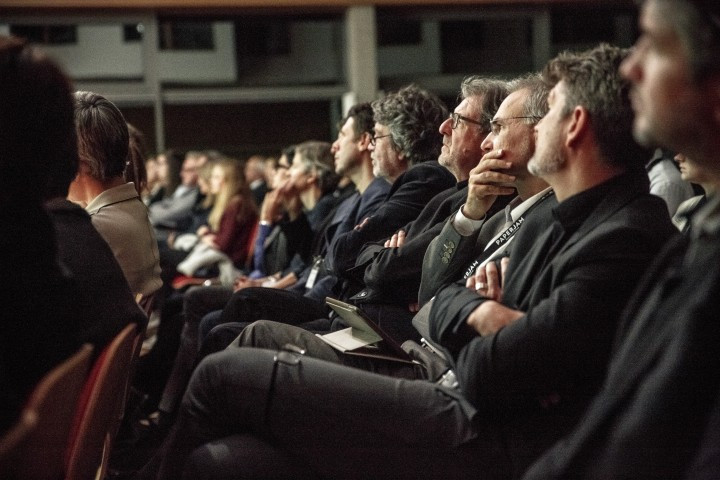That means taller buildings, the audience heard during a Paperjam Club-Archiduc magazine roundtable on Tuesday evening.
The question of density has been entirely missing from Luxembourg City’s current urban development debate, said Markus Hesse, a professor at the University of Luxembourg. Hesse said the city should clarify its strategy on how density can be used to help accommodate the forecast doubling of the population over the next two to three decades.
With the development of the capital’s tram system, Vincent Bechet of the Luxreal trade association asked rhetorically if buildings within walking distance of public transport were high enough. His answer would be, no.
Based on observations of other cities that introduced improve public transit links in recent years, Bechet predicted that “the tram will change the habits of residents” and they will end up ditching their cars (if they can live and work in proximity to a tram line, that is).
He called for adding more levels--meaning more density--to office and residential buildings going up along the tram lines. At some point, Bechet reckoned, “we won’t have the choice”.
The event was organised by the Paperjam Club and held Tuesday evening at the International School of Luxembourg to mark the release of the Winter 2016 edition of Archiduc magazine. (Both are part of the same company as Delano.) Photo: Maison Moderne
Indeed, more and more EU institutions and private firms are already planning to relocate to spots along the tram line, reported François Bausch, the infrastructure and sustainable development minister.
More should be done to develop sites around public transport facilities, he added. But Bausch also noted that some building height limits were in place due to proximity to Findel airport.

